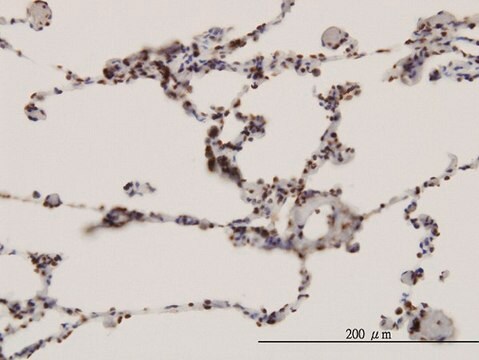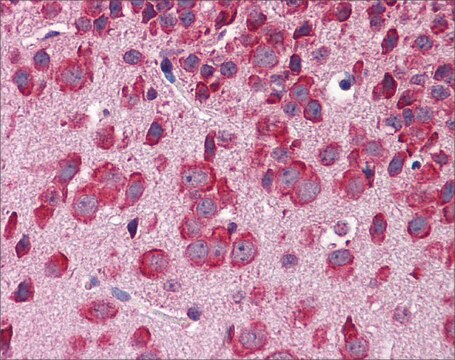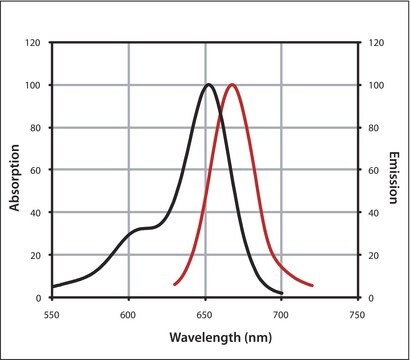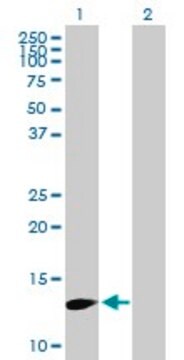F2055
Monoclonal Anti-hFBXW7 antibody produced in mouse
clone FB407, purified from hybridoma cell culture
Sinónimos:
Anti-ARCHIPELAGO (Drosophila), Anti-Cdc4 (S. serevisia), Anti-F-Box and WD40 Domain Protein 7, Anti-FBW7, Anti-SEL-10 (C. elegance)
About This Item
Productos recomendados
biological source
mouse
conjugate
unconjugated
antibody form
purified from hybridoma cell culture
antibody product type
primary antibodies
clone
FB407, monoclonal
form
buffered aqueous solution
mol wt
antigen ~60 kDa
species reactivity
rat, human, mouse
concentration
~2 mg/mL
technique(s)
immunocytochemistry: 10-20 μg/mL using human A431 or HeLa cells
indirect ELISA: suitable
western blot: 5-10 μg/mL using human A431 cell extracts
isotype
IgG2a
UniProt accession no.
shipped in
dry ice
storage temp.
−20°C
target post-translational modification
unmodified
Gene Information
human ... FBXW7(55294)
mouse ... Fbxw7(50754)
General description
Specificity
Immunogen
Application
- enzyme-linked immunosorbent assay (ELISA)
- immunoblotting
- immunocytochemistry
Biochem/physiol Actions
Physical form
Disclaimer
¿No encuentra el producto adecuado?
Pruebe nuestro Herramienta de selección de productos.
Storage Class
10 - Combustible liquids
wgk_germany
WGK 3
flash_point_f
Not applicable
flash_point_c
Not applicable
ppe
Eyeshields, Gloves, multi-purpose combination respirator cartridge (US)
Elija entre una de las versiones más recientes:
¿Ya tiene este producto?
Encuentre la documentación para los productos que ha comprado recientemente en la Biblioteca de documentos.
Nuestro equipo de científicos tiene experiencia en todas las áreas de investigación: Ciencias de la vida, Ciencia de los materiales, Síntesis química, Cromatografía, Analítica y muchas otras.
Póngase en contacto con el Servicio técnico








